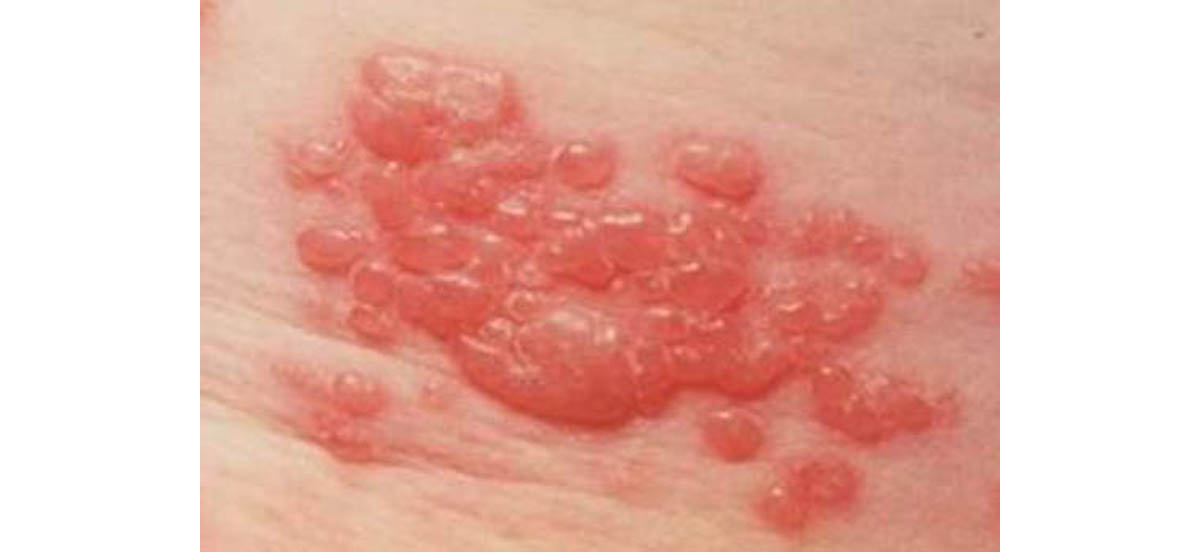Table of Contents
Shingles is a condition characterized by painful skin blisters that erupt on one side of the face or body. Typically, these blisters occur along the chest, abdomen, back, or face, but they may also affect the neck, limbs, or lower back.
Blisters caused by shingles can be extremely painful, itchy, and tender. These blisters heal and form scabs after one to two weeks but the pain remains. The name “shingles” comes from the Latin word for belt. That's because the blisters follow the nerves and usually appear in a line, most often on one side of the back only. Most people get shingles only once in their lifetime.

The cause of shingles
This condition is caused by the herpes zoster — the same virus that causes chickenpox. After a person contracts chicken pox, typically during childhood, the virus can lie dormant in the sensory nerves for decades. The virus is reactivated when the immune system is weakened by age, disease or unmanaged stress. The immune system is unable to suppress the dormant organisms any longer and they become active again, causing a shingles infection. The infection is occurring along the pathway of the nerve.
Incidence
Approximately 300,000 cases of shingles occur every year in the United States. About 20 people of those people who had chickenpox as children develop shingles at some time in their lives. People of all ages, even children, can be affected, but the incidence increases with age. The incidence of post-herpetic neuralgia, the most common complication of shingles, also increases with age. By age 40, the risk of prolonged pain lasting more than one month increases to 33 percent. By age 70, the risk increases to 74 percent. Some people, however, develop shingles more than once.
The symptoms of shingles
There are several symptoms of shingles which can be grouped in certain phases.
The symptoms of the first phase include:
- general feeling of sickness,
- chills,
- fever,
- headache,
- fatigue,
- nausea,
- diarrhea
Some people feel only a tingling, painful, or itching sensation in one area of the skin, often on one side of the face, back, or upper abdomen. These are the same areas most commonly affected by chickenpox.
In the second phase, a cluster of small, fluid-filled blisters erupts in an area of reddened skin. This area may be extremely sensitive to the touch.
During the third phase of shingles, the blisters begin to dry and scab. It is important to remember that all symptoms of shingles are usually gone within three to five weeks. However, some people may suffer nerve damage that causes the pain to continue for months or even years after the rash is gone. This condition is called post-herpetic neuralgia.
Disease progression
This is typically how the disease progresses:
- Several days before the skin outbreaks occur; patients usually complain on fatigue, fever, chills, and sometimes gastrointestinal upset.
- On the third to fourth day the skin area becomes very excessively sensitive.
- On the fourth or fifth day, characteristic small blisters that crust and hurt erupt along the path of a nerve so that the reddened outbreak affects a strip of skin that forms a line.
This usually occurs over the ribs in the thoracic area and is usually limited to one side. Rarely, it can affect the lower part of the body or the face.
- The affected area is very sensitive and the pain may be very severe.
- The eruptions heal about five days later.
- en.wikipedia.org/wiki/Shingles
- www.hcd2.bupa.co.uk
- www.healthcentral.com

